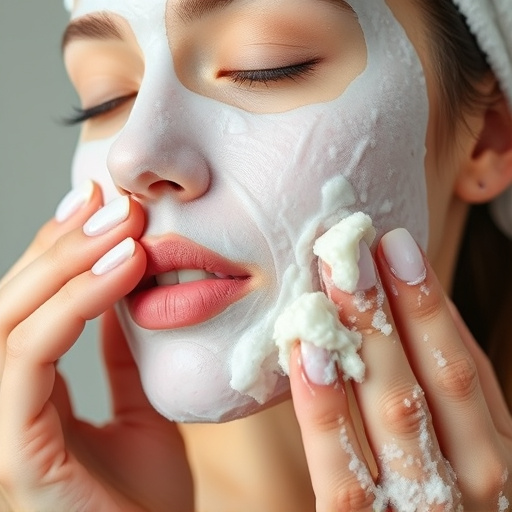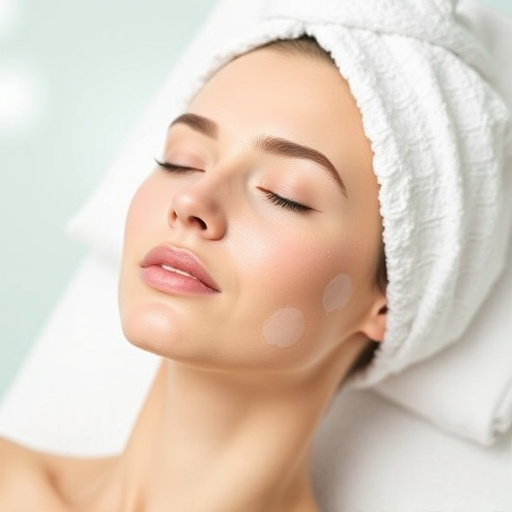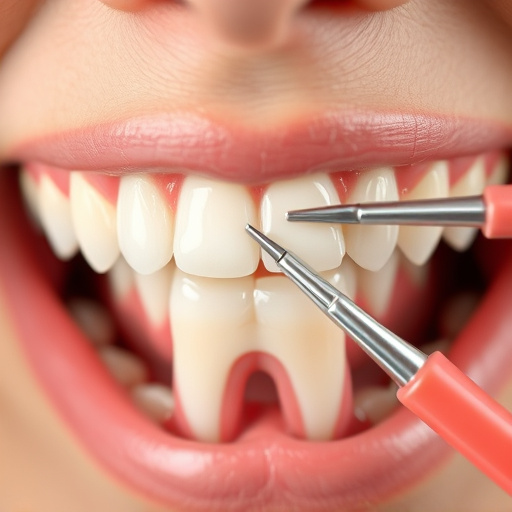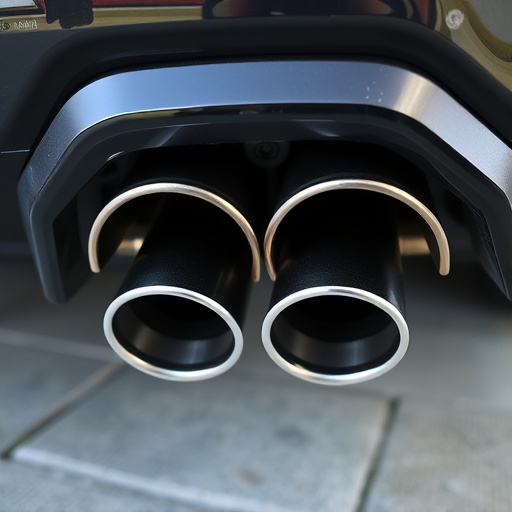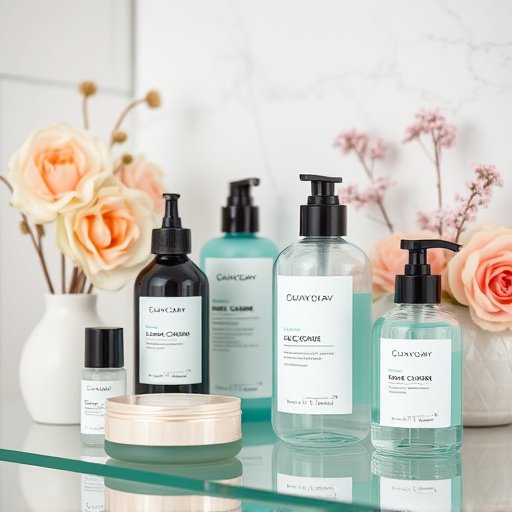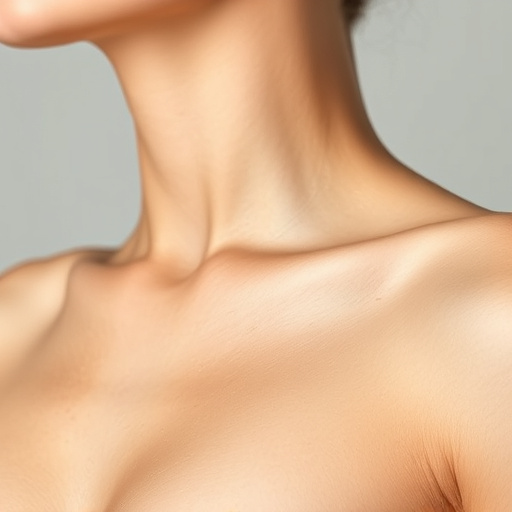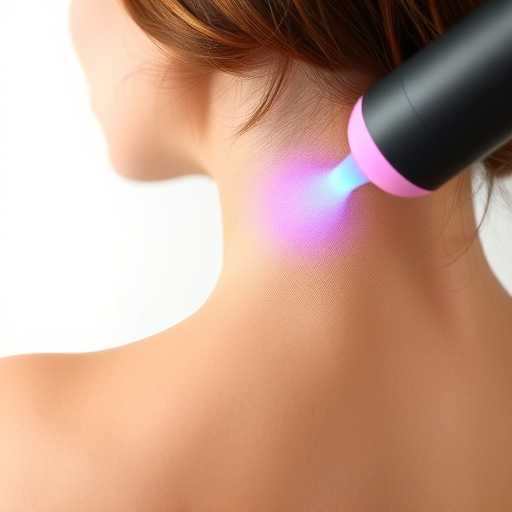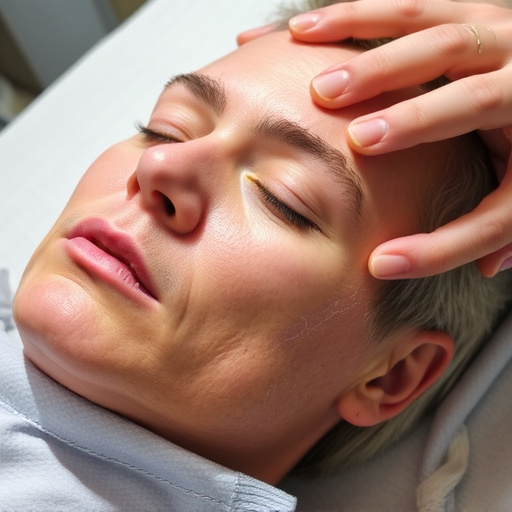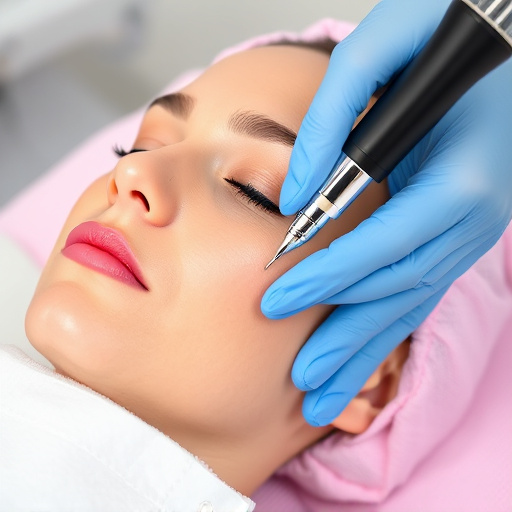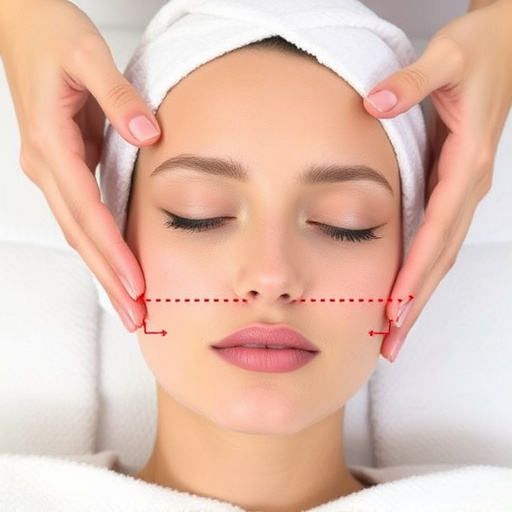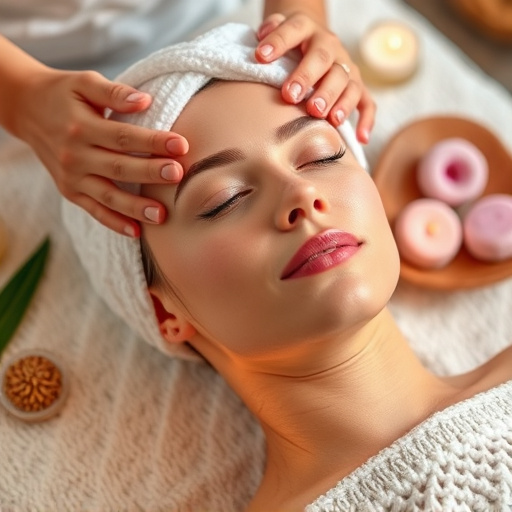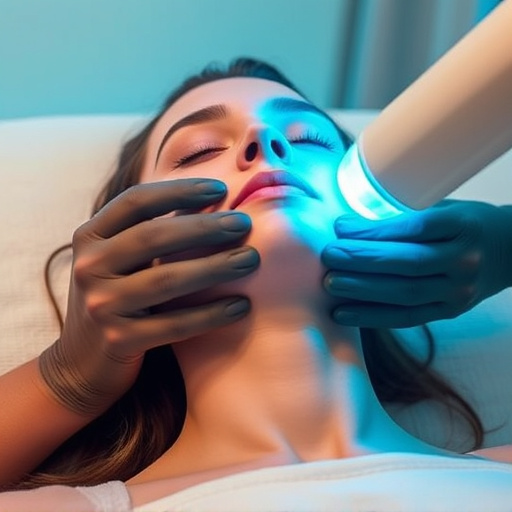Humidity levels and skin temperature significantly impact oil production, affecting the effectiveness of oil control facial treatments. High humidity increases sebum secretion, while low humidity reduces it. Estheticians should customize facials based on seasonal adjustments to weather conditions for optimal results, balancing deep cleansing with targeted treatments for different seasons. Overlooking weather's influence on skin conditions can lead to less effective procedures.
The weather significantly influences the effectiveness of oil control facial treatments. Humidity levels impact the skin’s ability to absorb products, while temperatures can stimulate or suppress skin oil production. Understanding these weather-related factors is crucial for achieving optimal results in oil control facials. This article explores how humidity, temperature, and corresponding skin responses affect treatment outcomes, offering insights for professionals and clients alike to navigate the impact of the elements on skincare routines.
- Humidity's Impact on Oil Control Efficacy
- Temperature's Role in Skin Oil Production
- Weather-Related Skin Responses and Treatment Outcomes
Humidity's Impact on Oil Control Efficacy

In the realm of oil control facial treatments, humidity plays a significant role in determining their efficacy. High humidity levels can make skin produce more sebum, the natural oil that keeps skin hydrated but can also contribute to shine and acne when in excess. During humid weather, pores might struggle to stay closed, leading to increased oil secretion as the skin attempts to balance its moisture levels. This effect can negate the benefits of oil control facial treatments, making them less effective in managing oily or combination skin types.
On the other hand, lower humidity environments can help tighten pores and reduce oil production. This is particularly beneficial for those seeking aesthetic treatments or anti-aging treatments, as it can slow down the appearance of aging signs caused by excess oil. However, it’s crucial to note that while weather conditions influence oil control, consistent skincare routines and tailored facial treatments remain paramount in achieving long-lasting results for various facial treatments.
Temperature's Role in Skin Oil Production

The skin’s natural oil production is intricately linked to environmental factors, with temperature playing a pivotal role. In warmer climates or during seasonal heatwaves, the skin tends to produce more sebum, the waxy substance responsible for keeping our skin and hair moisturized. This increased oil secretion can be problematic for individuals seeking oil control facial treatments as it may counteract the desired effects of such procedures. On the contrary, cooler temperatures have been observed to reduce sebum production, making skincare routines more effective during colder seasons.
Customized facials tailored to individual skin types and needs can be even more impactful when considered alongside temperature’s influence. For instance, a deep cleaning facial might be particularly beneficial in hot and humid environments where excess oil buildup is common. Additionally, treatments focusing on body contouring and wrinkle reduction could be optimized by incorporating seasonal adjustments, ensuring optimal results for clients in various weather conditions.
Weather-Related Skin Responses and Treatment Outcomes

The impact of weather on skin conditions is a fascinating aspect often overlooked when discussing beauty treatments. Extreme temperatures and varying humidity levels can significantly influence the effectiveness of oil control facial procedures. For instance, dry weather may exacerbate existing skin issues, making it more challenging to achieve optimal results with pore refinement techniques during an oil control facial. The skin’s natural barrier function becomes compromised, leading to increased sensitivity and potential irritation.
Conversely, humid conditions can promote sebum production, a common concern for individuals seeking professional skincare solutions for oily skin. In such environments, the skin’s response might nullify the benefits of specific treatments aimed at skin rejuvenation during an oil control facial. Skilled estheticians must consider these weather-related factors to tailor their approach, ensuring that techniques like deep cleansing and specialized product applications deliver the desired outcomes.
In conclusion, weather plays a significant role in the effectiveness of oil control facial treatments. Humidity influences the efficacy of these treatments by affecting the skin’s oil production, while temperature also contributes to skin oil levels. Understanding these weather-related skin responses is crucial for achieving optimal outcomes with oil control facials. By considering the impact of humidity and temperature, professionals can tailor their approaches, ensuring that clients receive personalized care tailored to the unique challenges presented by various weather conditions.
